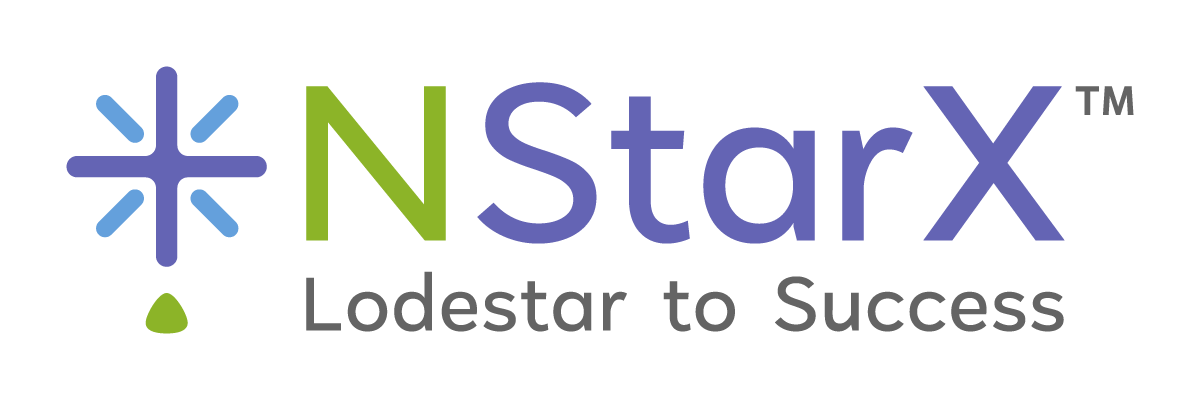Introduction
Laravel is a PHP-based web application framework that has gained significant popularity in recent years due to its simplicity, flexibility, and robustness.
It is a one-stop PHP development framework from simple web applications to complex APIs. A quick development approach, MVC architectural pattern, and a set of libraries make it convenient to build well-structured beautiful code.
In order to resolve the critical vulnerabilities and make the application more secure and robust and to increase the ease of future development & maintenance we started refactoring CMD applications(As old applications were developed in Codeigniter and Jquery).
So we migrated our application to Angular 14 for frontend and Laravel as backend Technology.
Where did the challenge begin?
While Laravel provides a great platform for building modern web applications, there are some common pain points that enterprises encounter when using this technology.
One of the most significant pain points of Laravel is performance optimization. While Laravel provides a great platform for building web applications, it can be slow and resource-intensive, especially when dealing with complex web applications. This can lead to increased server load times, decreased user experiences, and increased costs associated with server resources.
In our use case we had to call Laravel APIs from Angular. And it was crossing the throttling limit that was the first thing and as we handled huge amounts of data it was making our servers cry. So, in starting it became a real pain to optimise the servers and reduce the load time.
How did we overcome these challenges?
Laravel is a complete package, it offers a lot when you know it well.
By following these tips, you can significantly improve the performance of your Laravel application.
- Use caching: Laravel provides an easy-to-use caching system that can significantly improve the performance of your application. Use caching to store frequently accessed data like database queries, API responses, and views.
- Optimize database queries: Use Eloquent ORM’s query builder to write optimized queries. Make use of database indexing, avoid using “select *”, and avoid using subqueries where possible.
- Use queues: Laravel comes with a built-in queue system that can help to offload tasks that are time-consuming or require external resources, like sending emails or processing large files, generating huge reports. This can help to keep the application responsive and improve overall performance.
- Optimize server configurations: Make sure the server is optimized for performance. Use a fast web server like Nginx or Apache, and ensure that PHP is configured correctly with proper memory limits, opcode caching, and other optimizations.
- Use eager loading: When working with relational databases, use eager loading to avoid the N+1 query problem. This means loading all related data in a single query rather than querying the database multiple times for each related record.
- Optimize image sizes: If your application handles images, optimize their sizes to reduce their file size and improve load times.
- Enable opcode caching: Opcode caching caches the compiled PHP code, which can improve the performance of your application by reducing the time needed to interpret the code.
- Monitor performance: Use a monitoring tool to track the performance of your application and identify bottlenecks or areas that need optimization.
The benefits of addressing the performance optimization challenge in Laravel are significant. By improving performance, businesses can enhance user experiences, improve search engine rankings, and gain a competitive advantage in today’s fast-paced digital environment. Additionally, improving performance can help reduce server costs associated with resource-intensive web applications.
Conclusion
In conclusion, while Laravel provides a great platform for building modern web applications, performance optimization is a critical factor in its success. Enterprises need to invest in solutions such as caching and CDNs to address the performance optimization challenge and reap the benefits of this technology. By doing so, businesses can improve user experiences, reduce costs, and gain a competitive advantage in today’s rapidly changing business environment.



